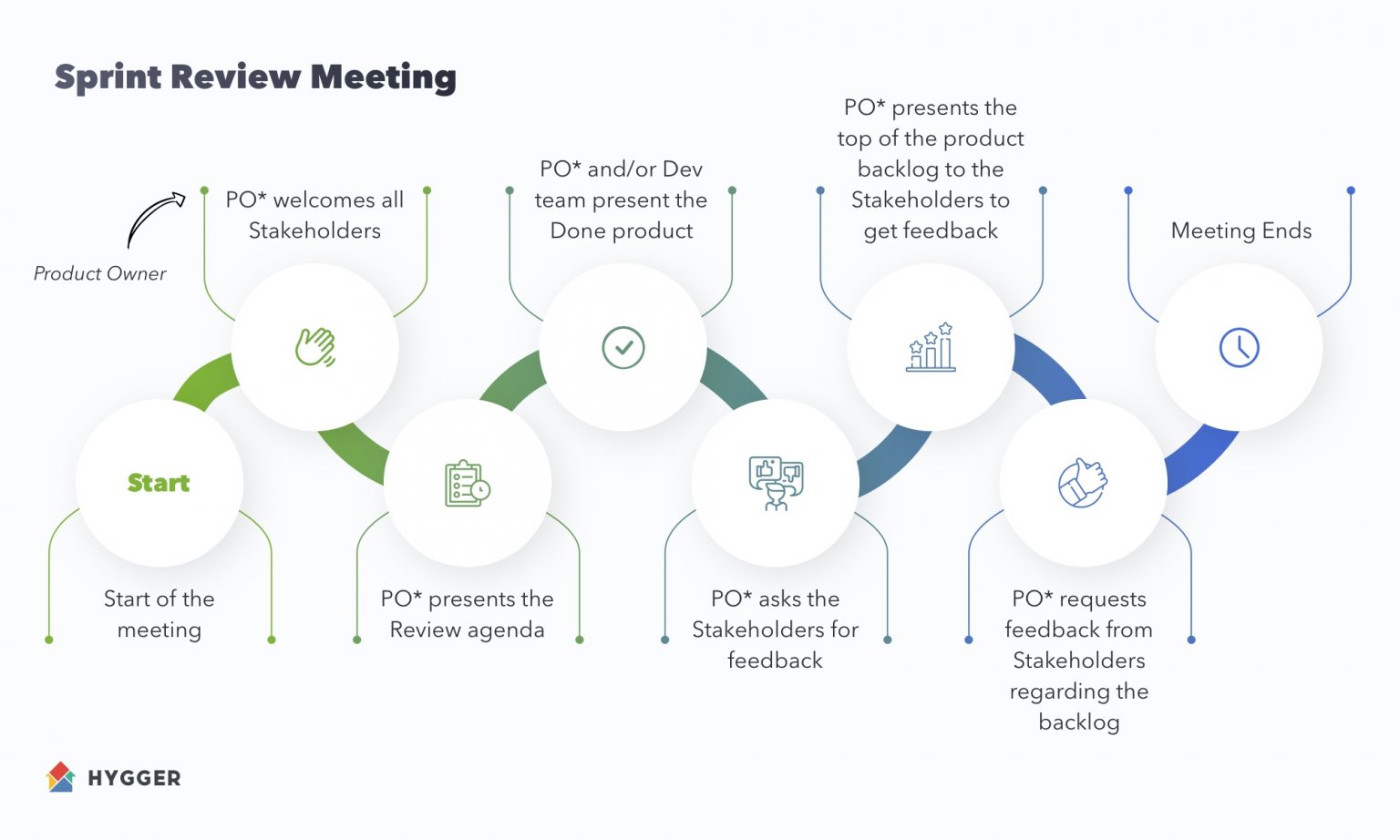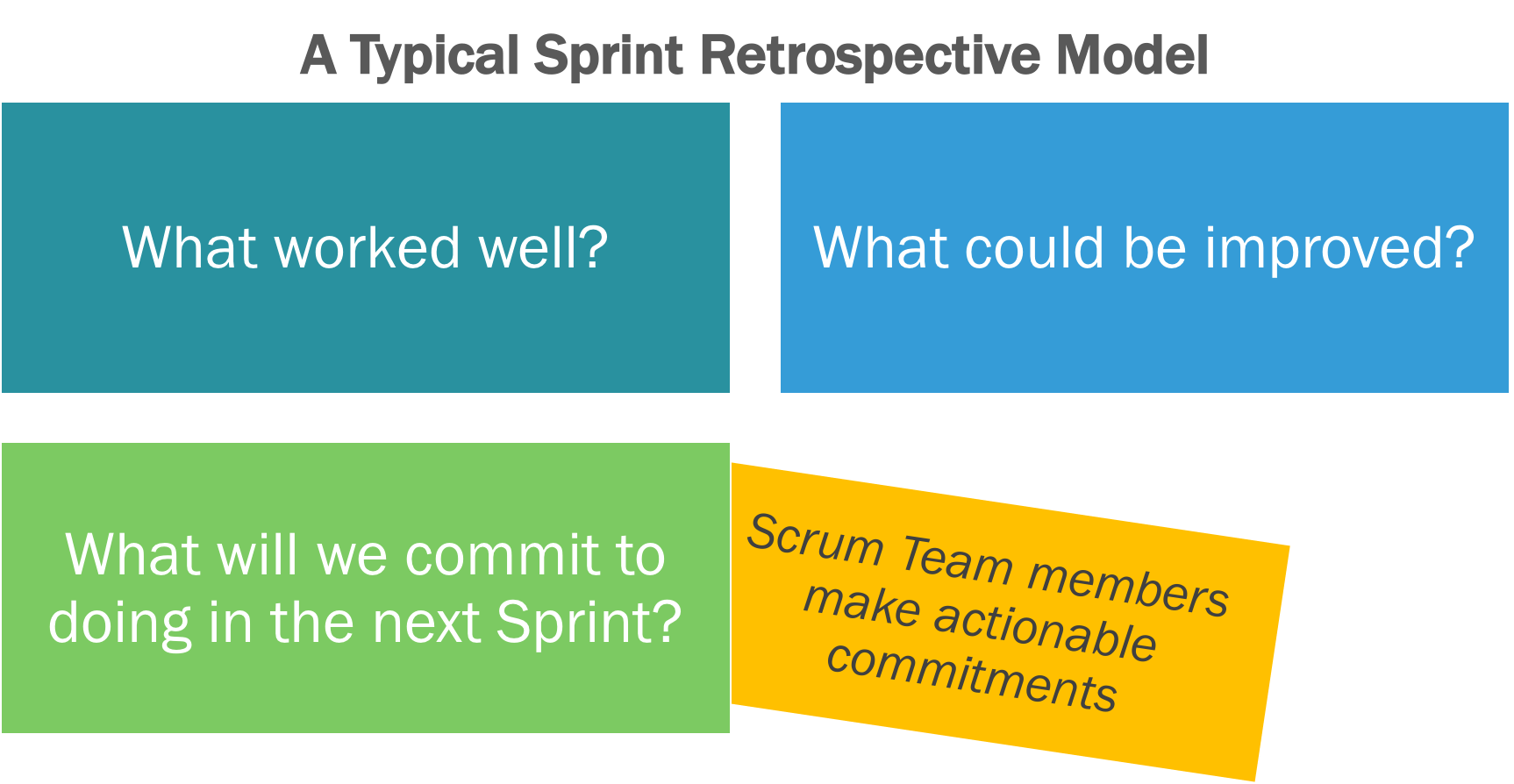
What, where and when did things go wrong? 6. Gather all sides, views and experiences.ĭesired outcome: Develop a shared, picture of what happened during the sprint.ģ. Nobody can see everything that goes on during the week, and people carry different perspectives on the same incidents. Even if a person missed one day in a week-long cycle, they’ve missed 20% of it. Purpose: Discuss the cycle’s events, metrics, and interactions, as well as the features and stories accomplished. To achieve this, you need everyone's participation. The point of the retrospective is to get the opinion of everyone and encourage the team to think as a group. When someone doesn’t speak at the beginning of the retrospective, they’re more likely to remain silent for the rest of the session. Tip! Ask everyone in the room to provide an answer to this second question. Can you describe to me how you feel in one or two words? Is there anything I’ve missed from today’s agenda? 2. The room is a safe atmosphere to disagree with each other, but everyone should also share the same goals.ġ.

Purpose: Welcome the team, show appreciation for everyone’s time investment, provide the purpose of the retrospective meeting and outline the desired goals.ĭesired outcome: Everyone in the room is focused and understands the expected objectives from the retrospective. A vital part of that is asking the right questions.īelow, we’ll break each stage down in more detail, and include the questions to group into it. It will also allow the conversations to go where they need to go, without going off track. This framework will help you control the meeting, without dictating the conversations.

To obtain genuinely, useful feedback and constructive suggestions, it’s important to follow a meeting structure to discover what went well, what didn’t go well, what was learned and what is still puzzling people.

It can be harder to identify the areas for improvement when the performance is somewhat middling.

Maybe there were signs of interpersonal friction between team members, or the energy in the room became a little stale. More often, the feelings toward a sprint lie somewhere between these two extremes. Hopefully, it went exceptionally well and everyone feels motivated to kickstart the next one-or perhaps the progress was underwhelming, and there was less to show to the business than expected.


 0 kommentar(er)
0 kommentar(er)
